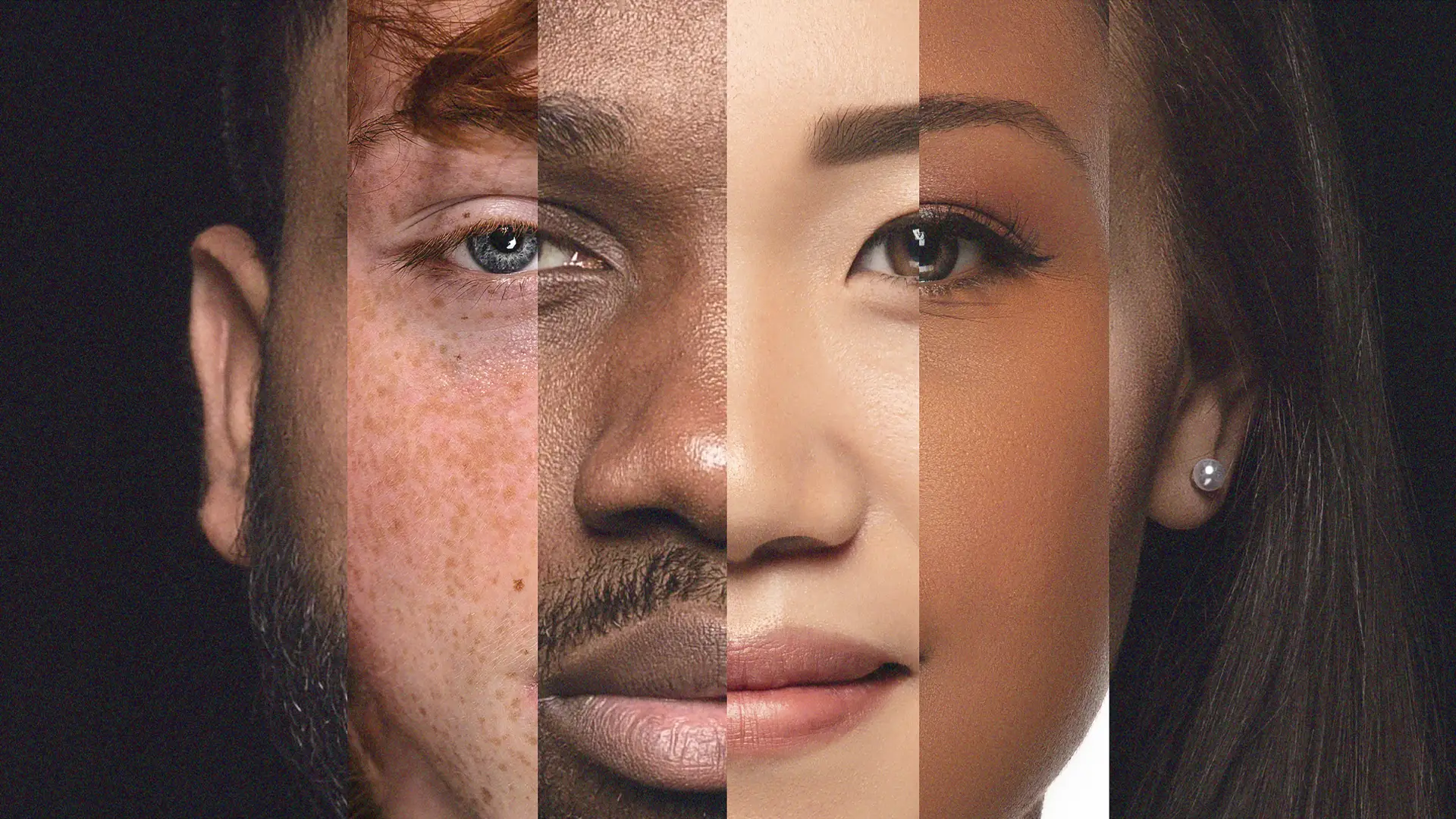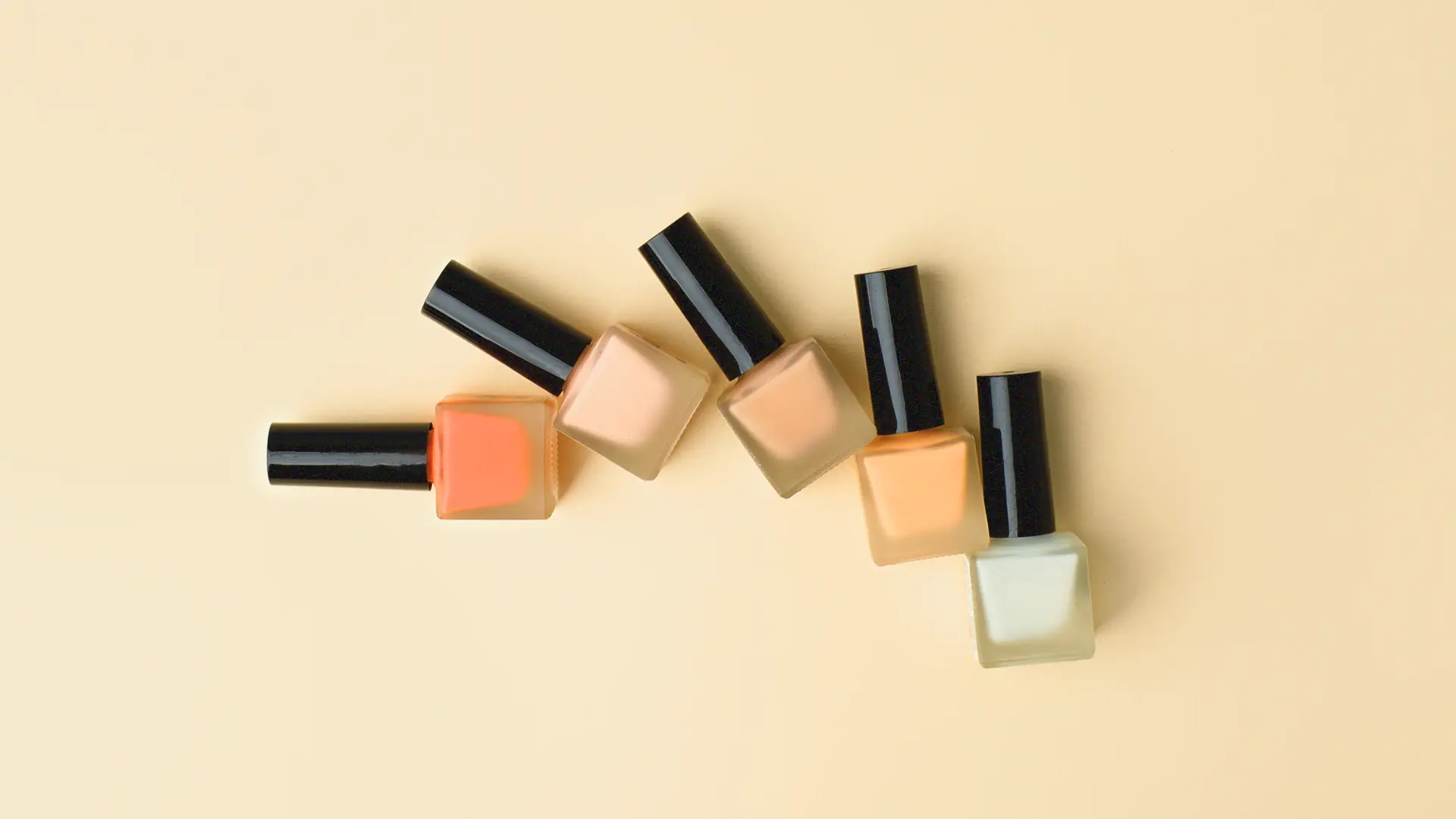

Key Takeaways
- Great Creative Directors speak to and translate our values into aesthetics. To succeed, Creative Directors must inspire us to buy into a vision and a way of life, not just a beautiful or trendy piece.
- Hiring talent with strong, recognizable points of view can give you a competitive edge, but without a solid foundation, executives are putting all their bearings in one creative basket.
- Brand legacy is hollow without visionaries in leadership, but a strong Creative Director and brand identity are not one and the same.
- The combination of strong brand codes and a visionary Creative Director is the winning combination for any fashion brand—yet some brands can (at least ephemerally) exist with one, not the other.
Listen: In the fashion world, all eyes are on creative directors.
While creative integrity and innovation are essential aspects of the role, Creative Directors ultimately play a role that's significantly tied to a brand's profitability. Their ability to resonate with and inspire enthusiastic customers is a key qualitative metric that impacts sales. Unlike a retail strategy or supply chain process, this pivotal facet of a brand relies on less predictable and more subjective metrics. When you see and feel creative resonance with a brand, you know it—even if you can't explain it.
Creative Directors are responsible for a brand's image, narrative, and vision—but at what point does a Creative Director become synonymous with a brand itself? Or rather, it's worth questioning at what point a Creative Director's point of view becomes a brand of its own.
2024 can be considered the year of the “Creative Director Reshuffle.” There are so many newsworthy moves that publications and social media accounts have created charts to keep up. Headlines like “The Alessandro Michele-fication of Valentino Is Already Here” and “Phoebe Philo Is Coming to a Store Near You” exemplify how customers may be more loyal to a brand's Creative Director than a brand itself.
Ultimately, a Creative Director represents the brand's values, integrity for its past, and vision for the future—whether or not they eventually decide to go out on their own. Here's how Creative Directors create (or break) customer allegiance, and executives can assess whether they've found a match.
High-end fashion meets practicality and unmet needs
It's almost impossible to escape the “Phoebe Philo Effect,” the elevated minimalist style popularized by Phoebe Philo while serving as Celine's Creative Director from 2008 to 2017. Philo boosted Celine's sales from €200 million to over €700 million throughout her tenure. And, her departure left a clear void in the market. Her loyal customers and admirers, often called Philophiles, found sartorial refuge in her understated, luxurious, and highly wearable collections. Celine became synonymous with Philo and vice versa.
However, customers' allegiance to Philo went beyond vanity. Customers not only appreciate the aesthetics of Philo's creations but also how they underscore her understanding and championing of women's needs in daily life. After all, Philo was the first-ever designer at her level to take maternity leave while acting as the Creative Director at Chloe.
So even with the popularity of other “quiet luxury” brands like The Row and Khaite, Phoebe Philo launched her standalone brand in October 2023 with much fanfare and success. In September 2024, Philo announced that her namesake brand is expanding to six more physical retail locations—in addition to her online store and exclusive wholesale launch partner, Bergdorf Goodman.
Strong personal brands can lead to success (or failure)
Once Philo announced her departure from Celine, there was a lot of controversy surrounding the appointment of Hedi Slimane as her successor. Unsurprisingly, his debut collection for the brand was met with harsh criticism from Philophiles, who mourned how the “Slimane effect” transformed their beloved elegant, minimalist label seemingly overnight.
Yet, thanks to his strong and instantly recognizable Parisian rock 'n' roll aesthetic, Slimane more than doubled Celine's annual sales over his tenure—up to €2.5 billion, according to analysts' estimates. These outstanding results are not surprising due to his track record at Saint Laurent, where he showcased a near-identical aesthetic to essentially save the brand. In 2015, Kering announced that Saint Laurent doubled its revenue since hiring Simane as the brand's Creative Director.
While this success is undeniable, the departure of Slimane and the almost immediate announcement of his successor, Michael Rider—a mentee of Philo—beg an essential question: Where does the importance of a Creative Director's commercial success end and the best interest of a brand begin?
For some brands, the Creative Director holds the keys to the brand's entire life force and identity. Off-White and Virgil Abloh (of blessed memory) is a prime example of a brand that could only see success under the helm of its founder's vision. LVMH acquired a majority (60%) stake in Off-White in 2021, only a few months before Abloh passed away from a rare cancer in November of the same year.
Fast forward to 2024, LVMH sold off its stake in the streetwear label to Bluestar Alliance. Essentially, Off-White lost touch with its ethos and the values of its core customer base. Off-White has been on the decline for years due to two main factors: 1) the streetwear hype cooled off, leaving less desirability for the brand in the luxury market, and 2) The post-Abloh merchandise never met the standard of the original Creative Director's designs. Virgil Abloh wasn't just the founder of Off-White, he was the essence of the brand itself.
With brands like Off-White, Creative Directors are inextricably linked to the brand's vision and evolution. The brand's codes are the brainchild of the Creative Director rather than a malleable universe that encourages different creative directions at different cultural moments.
Consider whether it's worth reinventing the (aesthetic) wheel
While some brands rely on the founding Creative Director to succeed, many big luxury brands inevitably do and can thrive upon a transfer of creative power. For certain brands, we can credit much of the company's longevity to the successor's commitment to their predecessors' vision. Sarah Burton arguably thrived as the Creative Director at Alexander McQueen because of her commitment to continuing the (aesthetic) legacy of the late Lee McQueen. Yet, as shown by her recent departure from the label after 13 years this past September, retail executives are aware that brands often need a new Creative Director to help expand their customer base so they can boost sales. Now, many brands are less concerned with preserving their legacy codes and more proactive with integrating a Creative Director's cult-status aesthetic. It's the brand identity of the Creative Director—not the luxury house—that allows the business to thrive.
Gucci precluded Celine's success with the brand's ability to shapeshift under two Creative Directors with completely different yet distinct aesthetics—and cult-like followings to match. Throughout the early aughts, Ford made Gucci into a coveted and ultra-sexy luxury brand. Then, in 2015, Gucci appointed Alessandro Michele, whose polar opposite, fantastical aesthetic transformed the brand—from the brink of failure into Kering's cash cow for several years.
Yet, like most brands garnering hype, Gucci's upward trajectory began to slip. The brand's revenue fell by 6% in 2023, which might've been a sign for Michele to move on. Valentino's full year's sales revenue dropped by 3% the same year after years of strong growth. So, after Kering acquired a 30% stake in Valentino in November 2023, it makes sense that executives saw a need for a designer shake-up with no one other than the Creative Director of their former cash cow.
Like his work at Gucci, the new Creative Director's debut at Valentino was promising—and undeniably Michele. “This wasn't Valent-ucci, or Gucci-tino. It was Alessandro Michele,” wrote Vanessa Friedman, the Fashion Director and Chief Fashion Critic at The New York Times, to describe the collection.”
Yet, several brands remain thriving under the same Creative Director (or at least aesthetic) for the long haul—think founder-led brands like Miuccia Prada or Donatella Versace, longstanding Creative Directors like Jonathan Anderson at LOEWE and Casey Cadwallader at Mugler, or Kim Jones continuing Silvia Venturini Fendi's legacy (at least through October of this year).
The decision all comes down to understanding your customers, brand codes, and where they meet profitability.
Brand equity is legacy; vision plus creativity drive loyalty and profitability
All of the conversations, considerations, and avenues of exploration explain why CHANEL's search for Virginie Viard's successor is anything but easy. CHANEL is a legacy brand on its own—but owes its modern-day success, and is unequivocally tied, to Karl Lagerfeld. While his protégé, Viard, proves why the streetwear bubble ultimately burst—once fashion's fantasy becomes too tangible, the magic is lost in reality.
Winning brands keep succeeding because of their clear vision and consistent creativity. In other words, they've found the optimal brand universe and creative director pairings. Think of all the hottest brands right now—Miu Miu, LOEWE, Prada, Saint Laurent, Alaïa, Bottega Veneta, and Jacquemus (source). Each of these brands has a clear aesthetic, hero pieces, and a knack for evolving these brand codes with new twists and “it” items season after season. Brand codes offer a solid framework, but they fall flat without the inspiration and execution of visionary Creative Directors.
From this analysis, it's not shocking to see why Matthieu Blazy is rumored to be the top pick for the most coveted role in fashion right now—the next-appointed Artistic Director at CHANEL. He began his career under Philo and Simons, two Creative Directors known for their strong and distinguished aesthetics, followed by stints at Maison Margiela and now Bottega Veneta.
Blazy's career epitomizes the art of learning strong creative direction to shape brand codes as a pathway to becoming a visionary to elevate existing strong brand codes. Essentially, the seasoned Creative Director of every brand's (and retail executive's) dreams.
Related

Great brand collaborations are the best to strengthen identity.
Design & Experience, Insights & Trends, Marketing & Creative, Beauty and Fashion

Consumer demand and policy are driving EV market growth.
Development & Technology, Insights & Trends, Automotive

Are you missing opportunities to improve health screenings?
Design & Experience, Marketing & Creative, Health




